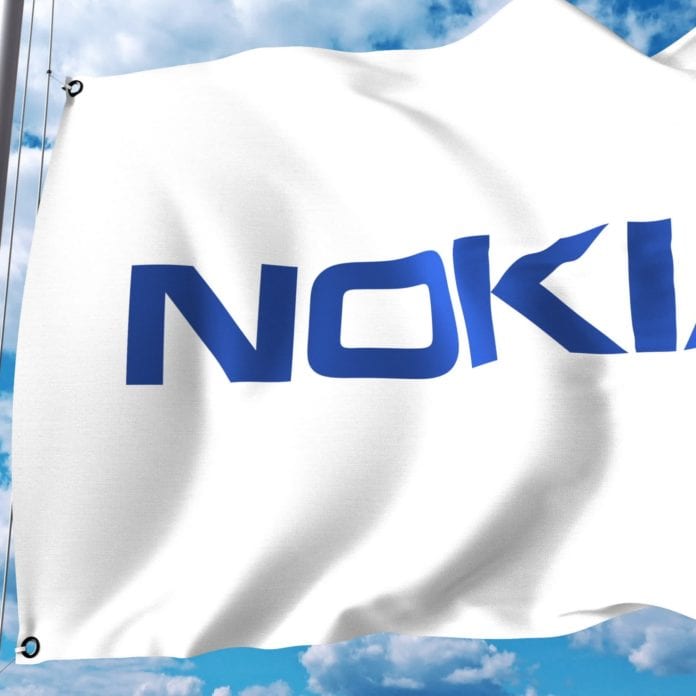Nokia sees network slicing as key to delivering network-as-a-service
The long-term goal of network functions virtualization and software-defined networking is to create flexible, programmable converged networks wherein disparate services that would typically require parallel systems reside on a single infrastructure. As the operators move toward 5G, NFV and SDN will be key to managing the increased complexity while enabling network slicing to deliver bespoke data pipes on demand. Nokia this week released a network slicing solution geared toward fixed broadband networks and touts the launch as creating new revenue opportunities for operators.
The benefits called out by Nokia include faster time-to-market, faster service development, and the ability to better support vertical-specific enterprise and industrial customers “which can be served from the same access infrastructure as residential customers.” As it relates to 5G, Nokia called out the ability to setup “a slice to meet the SLA requirements for 5G anyhaul, negating the need for a dedicated backhaul/fronthaul network.”
“I believe that virtual network slicing will form the basis for everything the fixed access industry does going forward,” Nokia Fixed Networks President Federico Guillen said in a statement. He said network slicing can “spread investment risk, reduce complexity and unlock new business opportunities that allow service providers to better serve their end customers.”
The new solution uses the YANG data modeling language and Nokia was also involved in the Broadband Forum’s Fixed Access Network Sharing specification.
Benoit Felten of Diffraction Analysis characterized network slicing for fixed access as “providing the control and flexibility needed to deliver differentiated broadband services.” He said fixed network slicing “will rapidly change the landscape in the fixed broadband market.”

